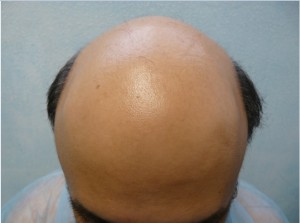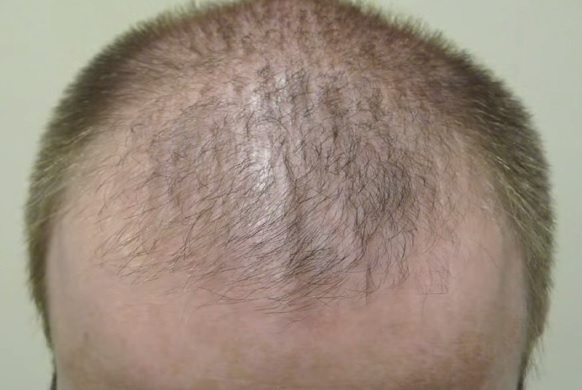According to many hair loss experts, losing a hundred hair strands per day is average. This is the standard answer that is provided across many articles and information sites on the internet. And most consider this figure to be fact. However, this is based on a probability which assumes that the average individual has about 100,000 hairs on their head. This assumption has not been tested since there has not been a standardized way of measuring daily hair loss.
If you have ever felt that a rate of 100 hairs per day sounds a bit high, your intuition may be correct.
Hair Loss Help and Research on Normal Rates of Shedding
Back in 2008, the Archives of Dermatology, (now known as JAMA) , reported interesting findings according to a research study led by Carina A. Wasko MD of Houston’s Baylor College of Medicine. She and her team developed what they call, the 60 Second Hair Count Test. It is performed as follows:
(1) Hair is washed for at least 3 consecutive days to establish a baseline condition
(2) On the third, fourth and fifth day (prior to shampooing) the individual stands over a pillowcase or towel whose color allows the hairs to be easily seen. They then proceed to comb their hair over the material to see how many hairs actually fell out.
Wasko’s study involved 60 male participants who were not affected by male pattern baldness.
Thirty of these men ranged in age from 20-40 years. And the other thirty were between 41-60 years old.
The results were quite surprising. The younger group of subjects lost an average of 10.2 hairs, while the older group experienced a loss of 10.3 strands. These figures are drastically lower than the rates that hair loss help experts previously defined as normal.
Six months later, the same process was repeated. And the results were roughly the same. Overall, there was very little variability in hair counts across different age ranges and time spans. This seems to support the rate of 10 hairs per day as being a fairly reliable rate that represents a normal average.
Researchers have yet to repeat this test for women. Also these findings were conducted on Caucasian subjects. Therefore they cannot be generalized to different ethnic groups such as males of African descent or Asians.
The participants also had straight hair of average length and density. Other variables that could potentially confound the results include:
(1) hair density
(2) hair length
(3) hair texture
(4) spacing between the teeth of the combs used
Therefore, these factors could potentially produce counts higher than 10 hairs in normal individuals who are not affected by androgenic alopecia. Individuals therefore should consider seeking immediate hair loss help if they notice losing far more than ten strands per day.

Question: When to begin seeking hair loss help from a doctor?

